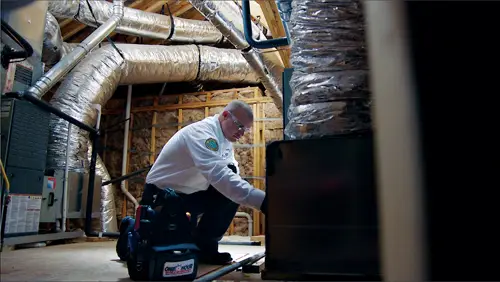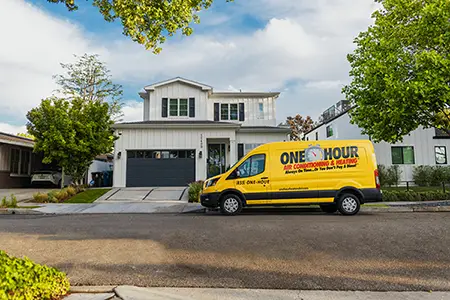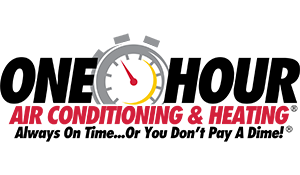Thinking About Replacing A Furnace? Here’s What You Really Need to  Know
Know
Hey there! After helping countless homeowners choose new furnaces over my years as an HVAC contractor, I wanted to share some straight talk about what really matters when you’re making this big decision. Trust me, I know it can feel overwhelming, but I’ll break it down into what actually matters.
First Things First: Is It Really Time for a New One?
Let’s start with the obvious question does your furnace actually need replacing ? If yours is pushing 15-20 years old, it’s probably time to start thinking about it. I can’t tell you how many emergency calls I’ve gotten in the middle of winter from folks whose ancient furnaces finally gave up the ghost. Not fun!
Two big red flags to watch for:
- Your repair bills are starting to look like car payments
- Your energy bills keep creeping up even though your usage hasn’t changed
The Efficiency Game Has Changed
Here’s something cool today’s furnaces are way more efficient than they used to be. We’re talking 90% or higher AFUE (that’s fancy talk for how much of your fuel actually turns into heat). Compare that to older models that waste 30-40% of their fuel, and you can see why this matters for your wallet.
I always tell my customers: Yes, high-efficiency models cost more upfront. But think about it like investing in a better car that uses less gas, it pays off over time.
Picking Your Fuel Type: Gas, Electric, or Oil?
This one’s pretty straightforward, but important. Here’s the real deal:
- Gas furnaces are like the Honda Civic of heating, reliable, cost-effective, and pretty much everywhere. But you need a gas line, obviously.
- Electric furnaces are more like electric cars clean and simple, but they can cost more to run. They’re great in warmer places where you don’t need heat as much.
- Oil furnaces? They’re becoming the vinyl records of heating still around, still work great in some situations, but not as common as they used to be.
Size Matters (No, Really)
Here’s a mistake I see all the time people thinking bigger is better. Wrong! An oversized furnace is like buying a semi truck to drive to the grocery store. You want one that’s just right for your space.
This isn’t something you can eyeball. You need a pro to do what we call a “load calculation” – it looks at your home’s size, insulation, windows, and even which direction it faces. Trust me, getting this right makes a huge difference.
Let’s Talk Money (Including the Hidden Costs)
Okay, time for some real talk about costs. Replacing the furnace itself is just part of what you’ll pay for. Installation is a big piece of the puzzle, and it can vary a lot depending on what needs to be done.
Pro tip: When you’re getting quotes, make sure they include:
- The actual furnace
- All installation costs
- Permits (if needed)
- Removal of your old system
- Warranty info for both parts and labor
Cool Features Worth Considering
Modern furnaces have some pretty neat features that aren’t just gimmicks. Here are my favorites:
- Variable speed blowers are like cruise control for your heating – they adjust automatically to keep temperatures steady.
- Zoning systems let you control different areas separately. No more heating the guest room when nobody’s visiting!
- Smart thermostat compatibility is huge these days – being able to control your heat from your phone is pretty sweet.
The Money-Saving Secrets Nobody Tells You
Here’s something a lot of people don’t know, there are often rebates and tax incentives available for replacing an old system and upgrading to an efficient system. I’ve seen customers save thousands this way. Check with your utility company and local government you might be surprised what’s available.
Think About Resale Value
Last but not least if you might sell your home someday, a new furnace is a great selling point. Nobody wants to buy a house and immediately replace the heating system. I’ve seen homes sell faster just because they had new, efficient HVAC systems.
Wrapping It Up
Look, I know this is a big decision. But if you focus on these key points efficiency, the right size, good installation, and taking advantage of available incentives you’ll end up with a system that keeps you comfortable and doesn’t break the bank.
